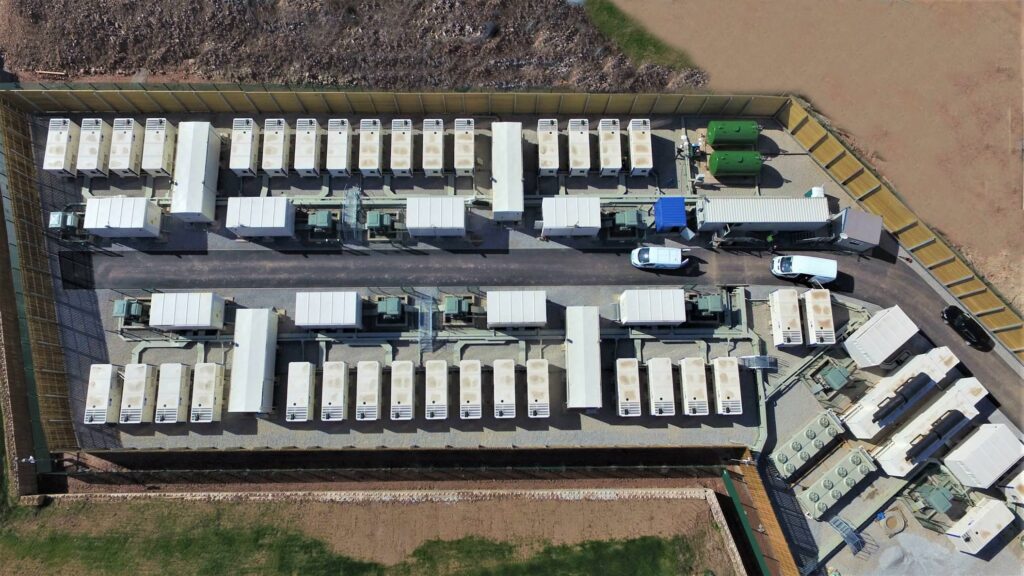Two of Gresham House’s large-scale battery storage assets in Scotland totalling 75MW of output will be optimised by Statkraft.
Norwegian state-owned renewable power generation company Statkraft announced the signing of agreements today for Gresham House Energy Storage Fund’s 35MW Arbroath project and 40MW Coupar project.
Both projects are expected to go into operation this year, charging up at times of high solar PV or wind power production and then outputting when renewable generation dips.
Statkraft’s asset optimisation and algorithmic capabilities will use the battery assets’ stored energy to play into energy and ancillary services markets.
Both projects are in areas where the capacity of the grid is constrained, with congestion making it difficult for the network to accept all the renewable energy connected to it. Gresham House bought both projects as part of a 425MW development portfolio acquisition last year.
Curtailment remains a big issue for renewable energy – a recent edition of Current± Price Watch noted that according to consultancy LCP, wind power curtailment in the UK hit record highs in June, and again in October.
LCP pointed out that the cost of curtailment ultimately goes onto consumer energy bills, with about £27 million paid in early October because of a week in which at one point 4.56GW of turn-down actions were required.
Meanwhile, smart trading strategies have emerged as the best way to earn revenues from battery assets. In April Gresham House Energy Storage Fund (listed on the London Stock Exchange under the ticker GRID), said it was migrating to a more trading-centric business model.
Previously, the grid services market for ancillary services was considered the biggest money-spinner, but GRID said revenue expectations from trading had grown to the point where it would be upgrading its battery fleet from shorter duration systems of one hour or less to two-hours duration.
That said, Statkraft will shift GRID’s two Scottish battery systems covered by the agreements from participating in wholesale markets to ancillary services in real-time, depending on which offers the better price at any given time.
Statkraft will use its dynamic battery optimisation techniques together with continuous forecasting of things like weather patterns and energy market movements to maximise earnings from the GRID assets.
In mid-July, Statkraft said that two of its optimised assets had delivered Ireland’s biggest-ever dispatch of energy to the grid from batteries, kicking in to help stabilise security of electricity supply as margins became tight. Statkraft was called upon to provide more than 60MWh of energy over two hours in response to a signal requesting it to do so from Irish grid operator Eirgrid.
That dispatch came from Statkraft’s own battery assets, but the company also already acts as third-party optimiser to assets for other owners including Gore Street Energy Storage Fund and RWE.
GRID’s agreement with Statkraft marks the first time the two companies have worked together.
In May this year GRID raised £150 million from a share issue in which it said there was strong investor demand, following on from £100 million and £120 million fund raises in 2021 and 2020 respectively.





